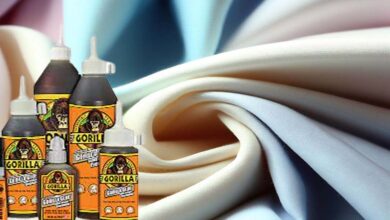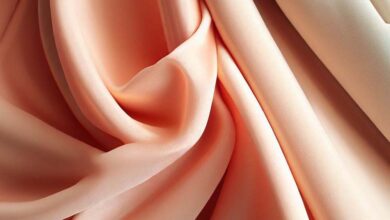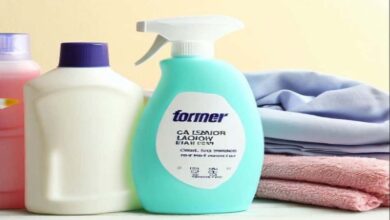What Types Of Fabrics Are Used In Nail Wraps?
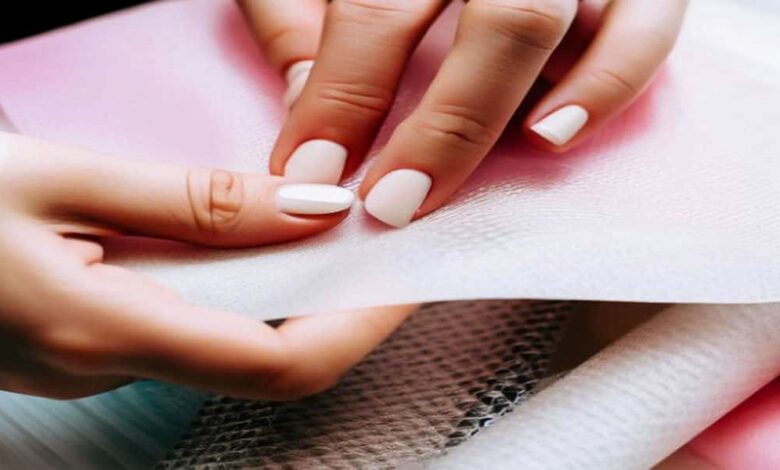
Are you wondering What Types Of Fabrics Are Used In Nail Wraps? Nail wraps are typically made of silk, linen, or fiberglass fabric. These fabrics are used to strengthen and support the nails, helping reinforce them and prevent breakage.
Silk wraps are lightweight and flexible, making them ideal for natural nails, while linen wraps are thicker and more durable, often used for artificial nails. Fiberglass wraps are strong and durable, suitable for both natural and artificial nails. These fabric options offer different levels of stability and can be customized to suit individual preferences and nail types.
This article delves into the various types of fabrics commonly used in nail wraps, helping you make an informed choice for the perfect manicure.
What Types Of Fabrics Are Used In Nail Wraps?
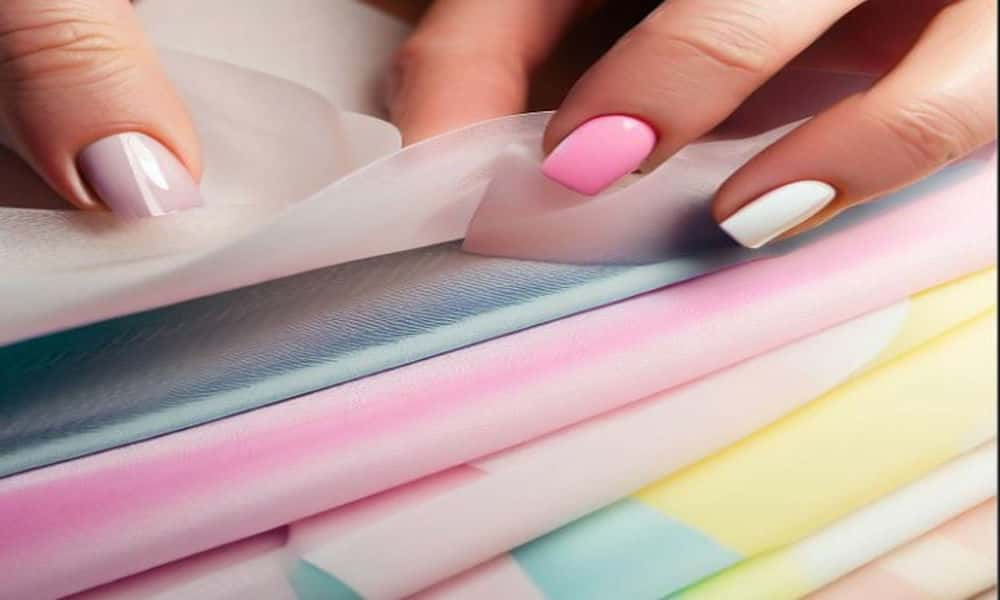
Nail wraps are a popular alternative to nail polish for achieving unique and long-lasting nail designs. They are made from various fabrics, each offering its own benefits and drawbacks.
Here, we will explore the different types of fabrics used in nail wraps and discuss their advantages and disadvantages.
Silk Wraps:
Silk wraps are made from natural silk fibers, which are known for their strength and flexibility.
Pros
- Provides a natural-looking and lightweight feel.
- Offers excellent adhesion and durability.
- It is ideal for reinforcing weak nails and preventing breakage.
Cons
- It may not be suitable for individuals with silk allergies.
- Requires proper maintenance to avoid lifting and peeling.
Linen Wraps:
Linen wraps are crafted from linen fabric, which is a closely woven heavy material.
Pros
- Provides substantial strength and support to weak and brittle nails.
- It offers a natural appearance and is less noticeable than other nail wrap materials.
- It can be easily trimmed and shaped for the desired nail length and shape.
Cons
- It has a thicker texture, which may feel less comfortable for some individuals.
- Requires skillful application to avoid bubbles or wrinkles.
Fiberglass Wraps:
Fiberglass wraps utilize fine strands of fiberglass to create a reinforced layer on the nail.
Pros
- Provides a strong and lightweight base for nail polish or gel application.
- Allows natural nails to breathe while offering added strength.
- It offers a smooth and even surface for nail designs.
Cons
- Requires professional application to ensure proper adhesion.
- It can be more challenging to remove compared to other nail wrap materials.
By understanding the different fabrics used in nail wraps, you can choose the option that suits your preferences and desired nail goals.
Whether you opt for silk wraps for a natural look, linen wraps for extra strength, or fiberglass wraps for a durable base, nail wraps offer a versatile and long-lasting solution for stunning nail designs.
Factors to Consider When Choosing Fabric For Nail Wraps
Here are some key factors to keep in mind when selecting fabric:
Adhesive Strength
The stronger the adhesive, the longer your nail wraps will likely last. However, a strong adhesive may also make removal more difficult.
Breathability
For those with sensitive nails or who wear wraps for extended periods, breathability can be crucial. Fabric and silicone wraps usually offer better breathability than plastic or gel wraps.
Durability
If longevity is a concern, you might want to opt for plastic-based or gel-based wraps, which generally last longer than fabric wraps.
Hypoallergenic Properties
You may need to consider hypoallergenic options like silicone wraps if you have sensitive skin.
What Is The Difference Between Silk And Fiber Nail Wraps?
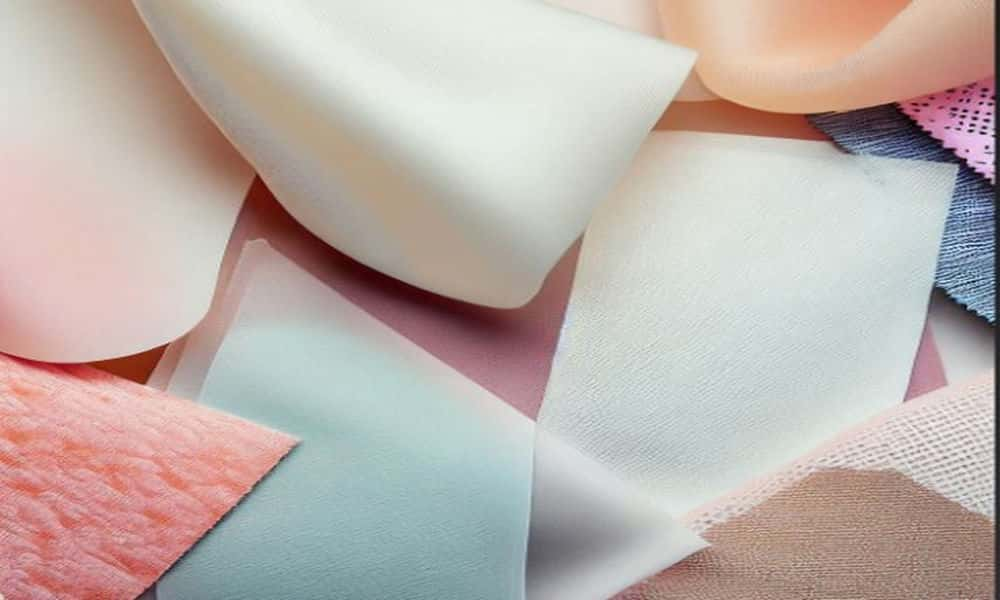
Silk and fiber nail wraps differ in terms of the fabric used. Silk wraps are made of silk, while fiber wraps are typically made of linen or fiberglass. Both types of wraps provide strength and support to the natural nails.
Silk and fiber are two common types of fabrics used in nail wraps. Here is a comparison of the two:
Silk Nail Wraps:
- Made from natural fibers obtained from silk worms.
- Provides a more natural and realistic look.
- Lightweight and flexible, allowing for natural nail movement.
- Ideal for those with weak or damaged nails.
- Offers a smooth and sleek finish.
Fiber Nail Wraps:
- Made from synthetic materials like linen or fiberglass.
- Known for their strength and durability.
- Offers excellent reinforcement, especially for weak nails.
- It helps in preventing nail breakage and chipping.
- Provides a sturdy base for nail polish application.
Both silk and fiber nail wraps have their benefits and are suitable for different nail types and desired outcomes. It ultimately comes down to personal preference and the specific needs of your nails.
Conclusion
Nail wraps are a popular choice for those who want to add strength and durability to their natural nails. They are commonly made with three types of fabrics: silk, linen, and fiberglass. Silk wraps offer a natural and lightweight feel, while linen wraps provide a stronger and thicker option.
Fiberglass wraps are incredibly durable and can withstand daily wear and tear. Each fabric option offers unique benefits, allowing individuals to choose the one that suits their needs and preferences. Whether you prefer a natural look or want to experiment with different nail polishes or acrylics, nail wraps can provide a long-lasting effect.
They help improve the appearance of short, brittle nails and provide added stability. Proper application and the use of recommended tools such as lint-free wipes or clean brushes ensure a smooth and successful application. Overall, nail wraps are a versatile option to enhance the beauty and strength of your natural nails.

